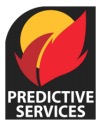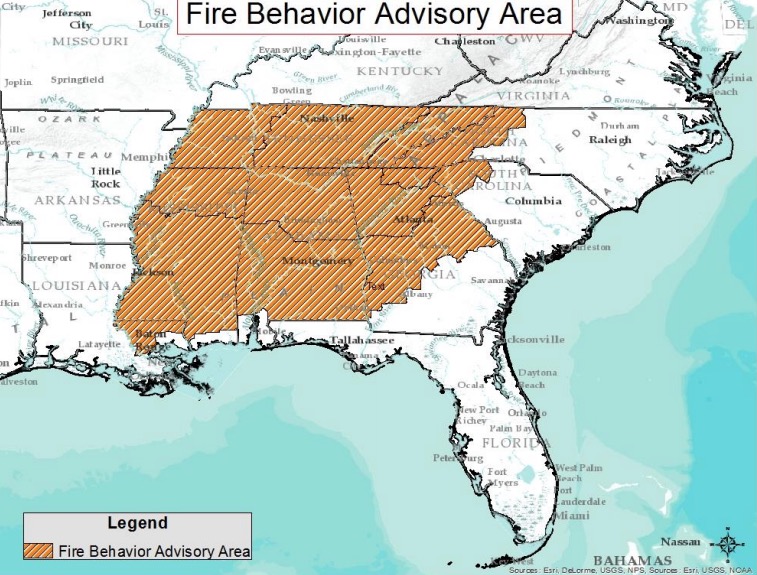Above: The U.S. Forest Service tests burning pine straw in an IBHS wind tunnel earlier this year. Screen grab from IBHS video.
The Insurance Institute for Business and Home Safety (IBHS) will host a live wildfire-related event on Facebook Wednesday November 9 at 10:30 a.m. EST. They have not provided a ton of information about but it will “open up the curtain a bit on wildfire studies”. (Link to the IBHS Facebook Page.)
Dr. Steve Quaries will discuss the wildfire research that they have been doing in the huge wind tunnel. In 2011 using 105 huge fans and spark-generators, they launched embers at a structure to demonstrate what can happen when a wind-driven fire approaches a poorly prepared structure.

The video below shows embers igniting flammable material on and around a structure in the IBHS wind tunnel.
Earlier this year the U.S. Forest Service used the facility to study the relationship between wildland fire rate of spread and wind speed used in the U.S. wildland fire behavior decision support systems. Previous experiments have been conducted in the Missoula Fire Sciences Laboratory wind tunnel that is more limited in size and wind speed than the IBHS wind tunnel.
This research is a collaborative effort with researchers at UNC Charlotte, University of Maryland, University of Texas Austin, and USDA Forest Service, and is funded by the Joint Fire Science Program.






